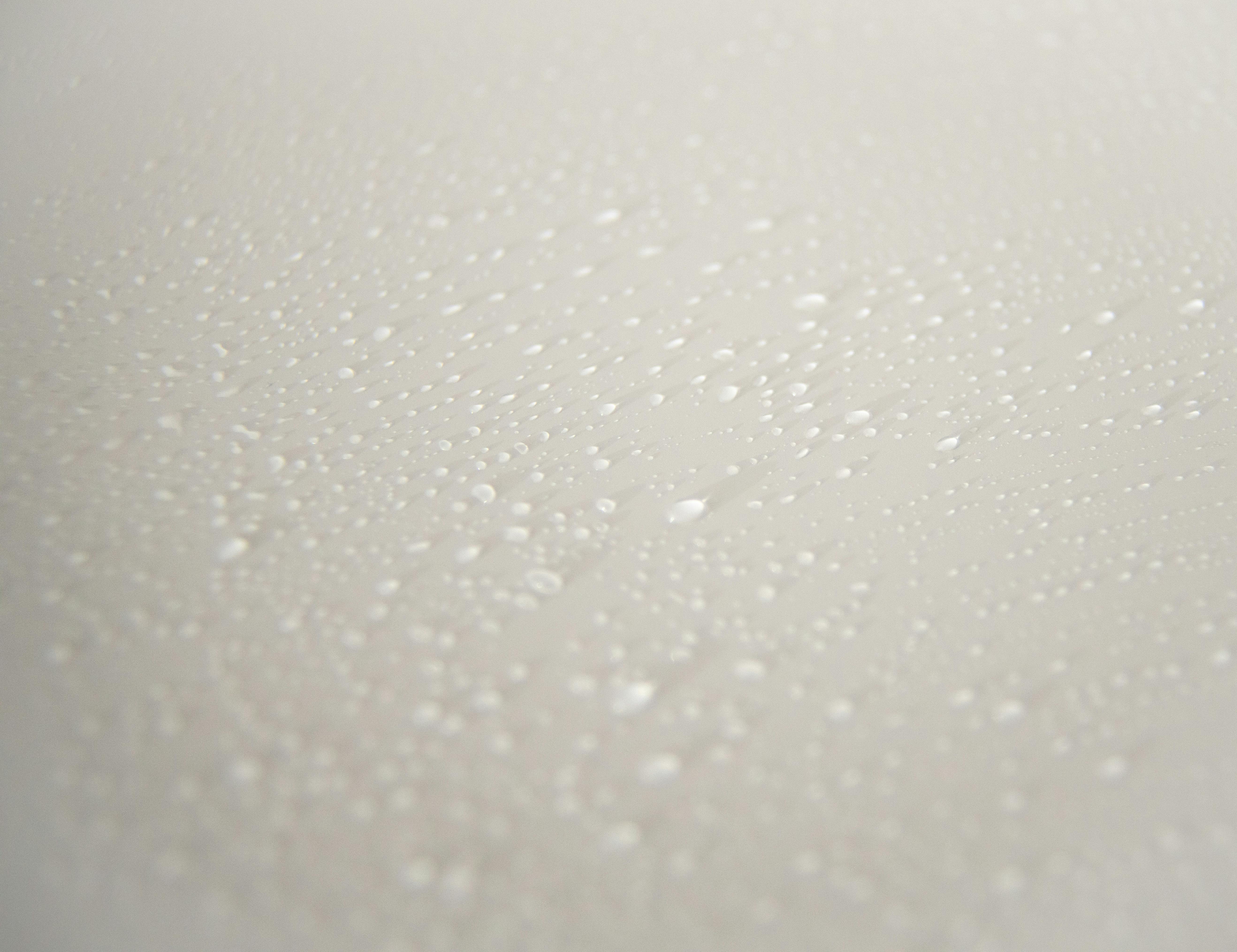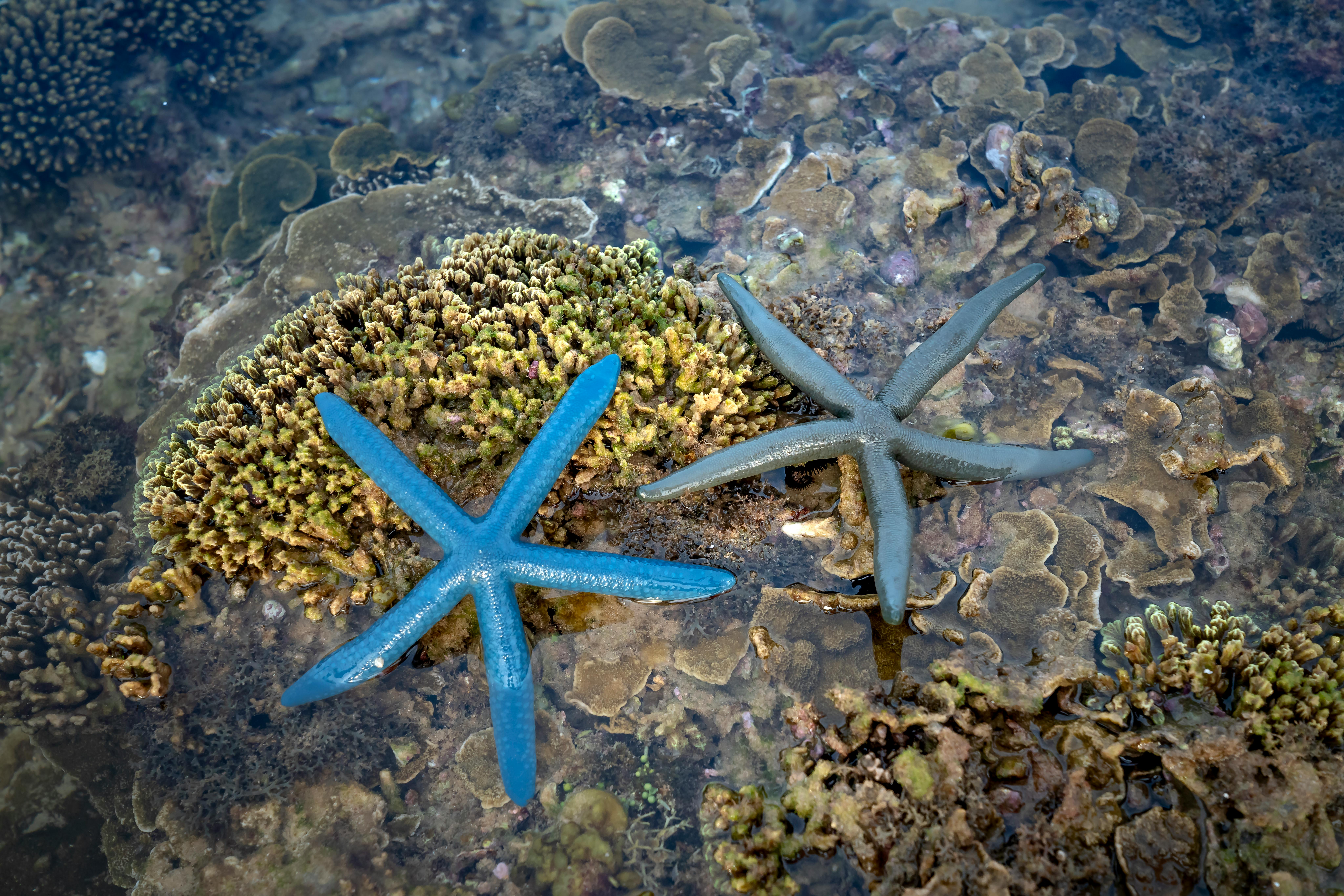Saltwater is composed of different elements than distilled water, making the two types of water distinct from one another. Saltwater contains dissolved salts, minerals, and other components that are not found in distilled water. These differences in composition can have an effect on the properties of the water, such as its taste, conductivity, and other physical characteristics. In this article, we will explore the differences between saltwater and distilled water in terms of their composition and characteristics.Saltwater is a type of water that contains dissolved salt. It has a higher concentration of salts than fresh water and can be found in oceans, seas, estuaries and other large bodies of water.
Distilled Water
Distilled water is water that has been purified through a process of distillation. This process involves boiling the water to remove impurities and then condensing and collecting the resulting steam. Distilled water is an excellent choice for drinking, cooking, and other uses where pure, clean water is desired. It can also be used in medical applications such as specialized dialysis treatments.
Distilled water is free of minerals, salts, and other contaminants that can alter the taste or cause harm to humans or animals when ingested. It is also free of bacteria and other microorganisms that can cause diseases or other health problems. The process of distillation also makes distilled water more stable than other types of drinking water, meaning it won’t easily react with other substances or break down into its component parts.
Due to its purity, distilled water has a longer shelf life than tap or filtered water. This makes it an ideal choice for storing in containers for future use, such as emergency preparedness kits. It also helps ensure that your drinking water will remain safe for many years without the need for frequent replacement.
Although
How Does the Composition of Saltwater Differ From Distilled Water?
Saltwater is composed of a combination of chemicals, including sodium chloride, magnesium chloride, calcium chloride, and other trace minerals. The concentration of these chemicals varies depending on the source of the water. Distilled water, on the other hand, is simply purified water that has been stripped of its natural minerals and contaminants. While distilled water does not contain any dissolved solids or minerals, saltwater does.
The concentration of salt in saltwater can vary greatly depending on where it comes from and how much salt has been added to it. In general, seawater contains an average salinity of 35 parts per thousand (ppt). This means that for every 1 liter (L) of seawater there are 35 grams (g) of dissolved salts. In comparison, distilled water has a very low salinity level since all the dissolved salts have been removed through purification processes.
In addition to dissolved salts, saltwater also contains other types of particles such as organic matter and suspended particulates. These particles can further impact its overall composition. For
Differences in Salinity
Salinity is an important factor in the physical environment of a water body, and differences in salinity can have a major impact on aquatic life. Salinity is measured in parts per thousand (ppt) and can range from 0 to over 40 ppt. Freshwater bodies typically have salinities below 0.5 ppt, whereas marine waters typically have salinities between 30-40 ppt. Estuaries, where rivers meet the sea, are known for their wide salinity ranges due to the mixing of fresh and salt water. The presence of varying levels of salinity affects the types of organisms that can survive in a given environment, with some species able to tolerate wide ranges while others require more specific conditions.
Organisms adapted to living in freshwater may not be able to survive if exposed to saltwater for extended periods of time. This is due to the increased osmotic pressure present in saltwater which causes water to be drawn out of cells resulting in dehydration and death if left unchecked. On the other hand, saltwater organisms may not be able to survive if exposed to freshwater for prolonged periods due to a decrease in
Differences in Mineral Content
The mineral content of different types of soil varies significantly. Sandy soil typically contains more quartz and feldspar, while clay soils contain more mica, kaolinite and illite. Sandy soils are generally lighter in color, while clay soils are often darker. Clay soils also tend to be denser than sandy soils, as they contain more particles that are tightly packed together. The mineral content can affect the physical properties of the soil, such as its ability to hold water and nutrients.
Organic matter, such as compost or manure, can also affect the mineral content of soil. Organic matter helps to increase the amount of nitrogen, phosphorus and other minerals in the soil which can improve the fertility and structure of the soil. Organic matter also helps to improve the ability of a soil to hold moisture and nutrients, making it better for plant growth.
The pH level of a soil can also have an effect on its mineral content. A higher pH level will generally lead to increased levels of calcium carbonate which can help to buffer against changes in pH levels over time. A lower pH level can lead to decreased levels of calcium carbonate which could make

PH Levels
The pH level is a measure of the acidity or alkalinity of a solution. It is an important factor in many biological and chemical processes, as well as being vital for the health of living organisms. Different environments and substances have different pH levels, and it can be useful to understand the differences between them.
The pH scale ranges from 0 to 14, with 7 being neutral. Solutions with a pH below 7 are considered acidic, while those above 7 are alkaline. Acidic solutions tend to have higher concentrations of hydrogen ions (H+), while alkaline solutions have higher concentrations of hydroxide ions (OH-).
The differences in pH levels can affect how substances interact with each other. For example, acidic solutions will react differently with metals than alkaline solutions will. Additionally, living organisms often require specific pH levels for their survival; if the environment is too acidic or alkaline, they may not be able to survive. Understanding the differences in pH levels can help us better understand our environment and how different substances interact within it.
Differences in TDS Levels
Total Dissolved Solids (TDS) levels in water can vary greatly depending on the source of the water. The TDS levels of groundwater are typically low because of the natural filtration process the water undergoes as it percolates through layers of soil and rock. On the other hand, surface water such as lakes, rivers, and streams have a higher TDS level because of runoff from agricultural fields and urban areas.
Urban areas often have higher levels of TDS due to pollutants like oils, gasoline, and chemicals being washed into nearby waterways. Industrial wastewater is also a major source of pollution that increases the TDS level in water sources. In addition to these sources, there are also natural sources like decaying organic matter that can contribute to higher TDS levels in surface water.
It’s important to be aware of the differences in TDS levels between various types of water sources because they can affect our health when we consume them. High TDS levels can lead to an unpleasant taste in drinking water and can also cause dehydration if consumed over an extended period of time.
Differences in Temperature
Temperature is the measure of how hot or cold something is. Temperature can vary from one place to another, from one season to the next, and even from hour to hour. The differences in temperature can be due to a number of factors, including location, elevation, and the time of year.
Location plays a major role in determining the temperature of an area. Areas near the equator tend to be much warmer than areas farther away. This is because the sun’s rays hit the equator more directly than they do other parts of the world. As a result, temperatures tend to be higher near the equator than they are in other parts of the world.
Elevation also plays a role in differences in temperature. Areas that are higher up tend to be colder than areas that are lower down because they are further away from the heat of Earth’s surface. For example, mountains tend to have colder temperatures than valleys due to their higher elevation.
The time of year can also affect differences in temperature. In summer months, temperatures tend to be hotter because the sun’s rays are more direct and

Conclusion
Saltwater differs from distilled water in its composition as it contains dissolved salts and other minerals, including sodium chloride, calcium, magnesium, and potassium. These components are what give saltwater its distinct salty taste. Saltwater also has a higher density than distilled water due to its higher salinity.
Saltwater is necessary for the health of marine ecosystems and aquatic organisms. It also serves as an important source of energy for human consumption. The differences between saltwater and distilled water means that it must be treated differently when used in different applications such as desalination.
In summary, saltwater differs from distilled water in its composition, density, and taste due to the presence of dissolved salts and minerals. Its unique properties make it an essential part of many different environments and applications.

